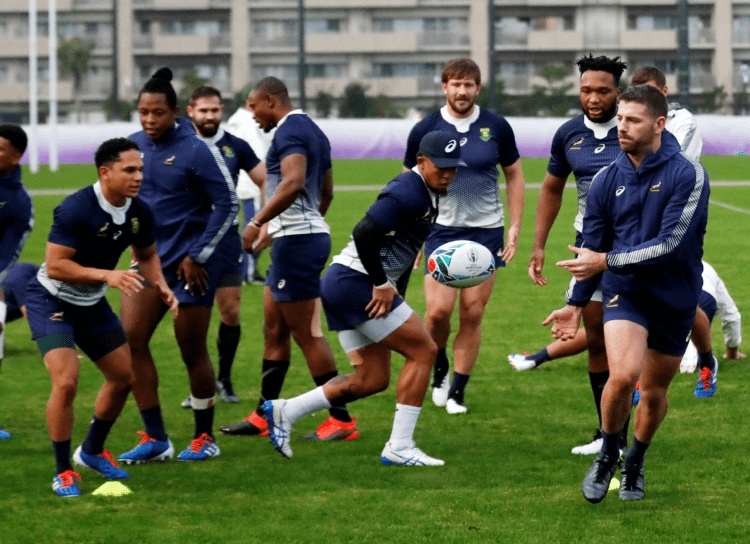Five ways to create intensity in training

Your energy may just be enough to keep the players' concentration levels up. But, here are five other tried-and-tested ways that you can make your training sessions more intense. Intensity means that there is a more focused effort in achieving the goals for the session and the wider aims for the season.
1 STOPWATCH RUGBY
For certain parts of your session, put a stopwatch on performance. Force the training groups to complete a run-through of an exercise in a limited amount of time, or see how long it takes before a certain amount of mistakes are made.
On each occasion, there’s an added pressure to perform at pace, with accuracy.
2 STOP-TRAINING RUGBY
Put a limit on the number of times you are going to go through a play, move or exercise. Instead of working until it’s right, say: “We will do this six times and six times only”.
That means, if the final one goes wrong, that’s it. There’s no chance to repeat it at this session. That replicates a match situation where there’s rarely a second chance.
3 ATTACKING DIFFERENT ZONES
Tactically, you need to keep the pressure on your players’ decision-making processes during training. Often we set up exercises with a narrow focus to develop one aspect of a technique or skill.
However, whatever this specific area is, it has to be tested out in lots of different scenarios. Those should be shifted around the pitch, with different attacking/defensive pictures. Then the players will have to choose whether or not to implement the skill that’s just been practised.
You can do this by setting up different sized pitches, or have more than one ball available. At a moment’s notice, the players have to change their focus from one to another.
4 OVERLOAD THE DEFENCE
Often we train overlaps, yet the game is more likely to be played mostly against an overloaded defence. On the whole, the defence tends to commit fewer resources to the breakdown.
With a clearing passer at the ruck being static, there’s likely to be more defenders on their feet than attackers ready to come forward.
Take that a stage further in training and pressurise your attacking players against more defenders than normal. That will require an extra effort and level of accuracy to breakthrough.
5 BRIEF AND THEN TRAIN
Before training starts, and ideally away from the pitch, set out clear targets for the training session. Make sure the players know when they will be under the most pressure. They shouldn’t be surprised by it and will be preparing as they would for a big game.
Intensity is a mental attitude. It’s tiring and hard to maintain for long periods of time. So, like the game itself, have periods of low and high-intensity work. Just make sure the players are ready to up the work rate when it’s required.
Newsletter Sign Up
Coaches Testimonials

Gerald Kearney, Downtown Las Vegas Soccer Club

Paul Butler, Florida, USA

Rick Shields, Springboro, USA

Tony Green, Pierrefonds Titans, Quebec, Canada
Subscribe Today
Be a more effective, more successful rugby coach
In a recent survey 89% of subscribers said Rugby Coach Weekly makes them more confident, 91% said Rugby Coach Weekly makes them a more effective coach and 93% said Rugby Coach Weekly makes them more inspired.
Get Weekly Inspiration
All the latest techniques and approaches
Rugby Coach Weekly offers proven and easy to use rugby drills, coaching sessions, practice plans, small-sided games, warm-ups, training tips and advice.
We've been at the cutting edge of rugby coaching since we launched in 2005, creating resources for the grassroots youth coach, following best practice from around the world and insights from the professional game.












